UNSEEN LIGHT
“I shoot familiar objects created by nature and by human design in light that we will never see,” says Arsen Revazov about his photographs. The technically complex and intricately calculated works of Arsen Revazov break away from the established confines of art photography and stray far beyond our preconceptions of its intended uses and potential. It is no accident that he prefers film to digital techniques: with film the subsequent manipulation is less important that a contemplative and meticulous preliminary analysis that enables him to anticipate all the nuances of the shot-to-be.
Arsen Revazov uses infrared photography on special film or digital sensors that are sensitive to emissions of infrared radiation and a dark filter designed to pass infrared light and block the visible spectrum. The particular properties of infrared emissions enable the artist to make psychedelic scenes in which deep black sky or water contrasts with brilliantly white clouds and trees.
The artist’s intention to depict an invisible world transgresses the boundary between photography and painting. The fierce battle between them that raged almost a hundred and fifty years ago ended in a tacit truce that ceded to photography the right to document events and facts, record the environment and create portrait “resemblances.” Artists were to retreat to the realm of ideas, visions and the fourth dimension and so invented pointillism, cubism, surrealism and ultimately abstract painting and conceptual art.
Arsen Revazov’s infrared photography delineates an invisible world or more precisely, a real world that surrounds us every day but is not visible to human eyesight. “The hidden harmony is better than the obvious,” said Pablo Picasso who once overturned the traditional representation of what is possible and the methods of the visual arts. The art of Arsen Revazov reveals not only a new quality in photography, but also demands a reconsideration of the fundamental principles of art photography and the scope of its artistic language. As we look at these photographs that convincingly depict the contours of a world invisible to human eyes, we cannot help asking ourselves what reality is and where its boundaries lie. Through Arsen Revazov’s photographs made with “invisible light,” the art of photography has been drawn into a discussion that has been going on for centuries.
Architect and artist Alexander Brodsky, designer of the show in the New Tretyakov, has highlighted the drama of the exhibition by creating a total installation that immerses the viewer in Arsen Revazov’s infrared landscape compositions.
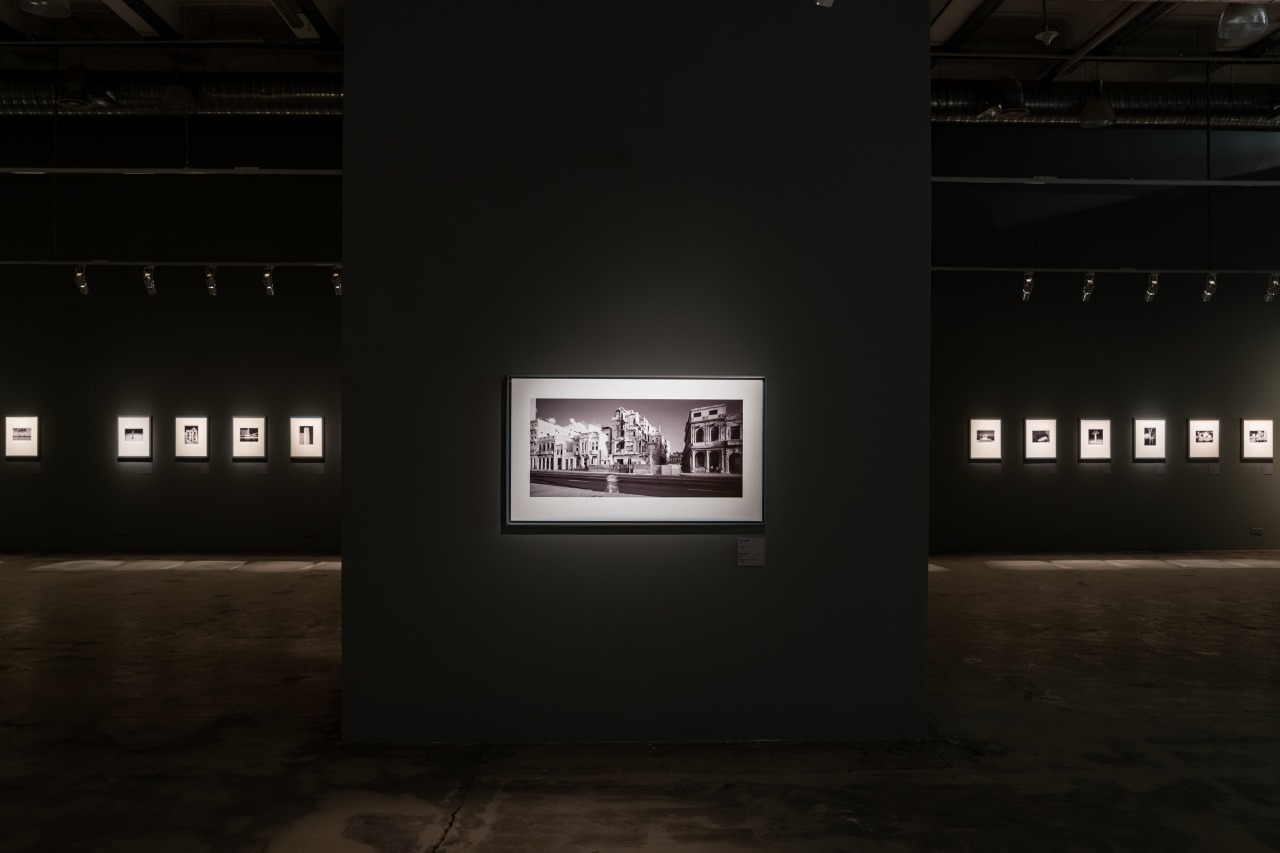
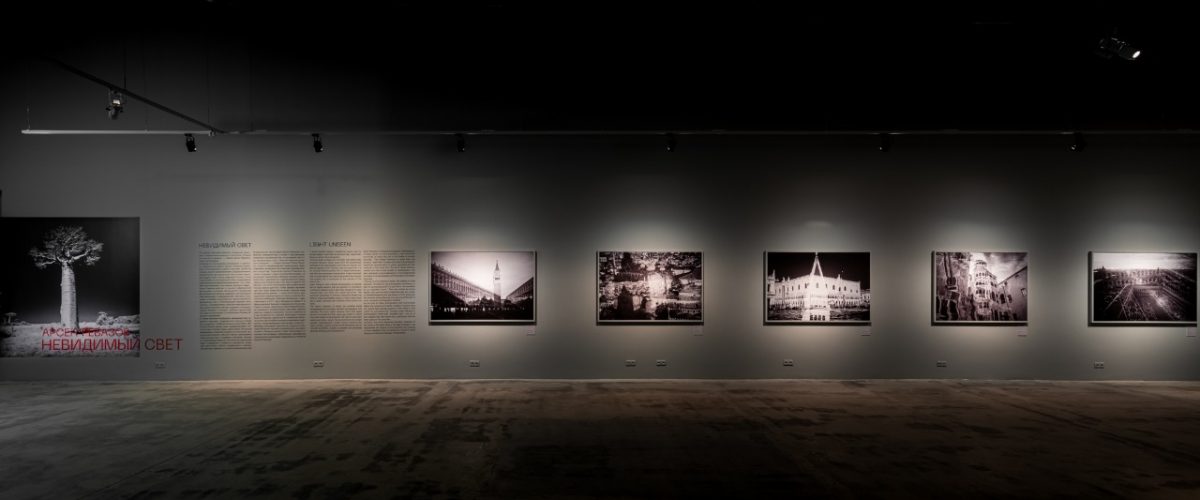
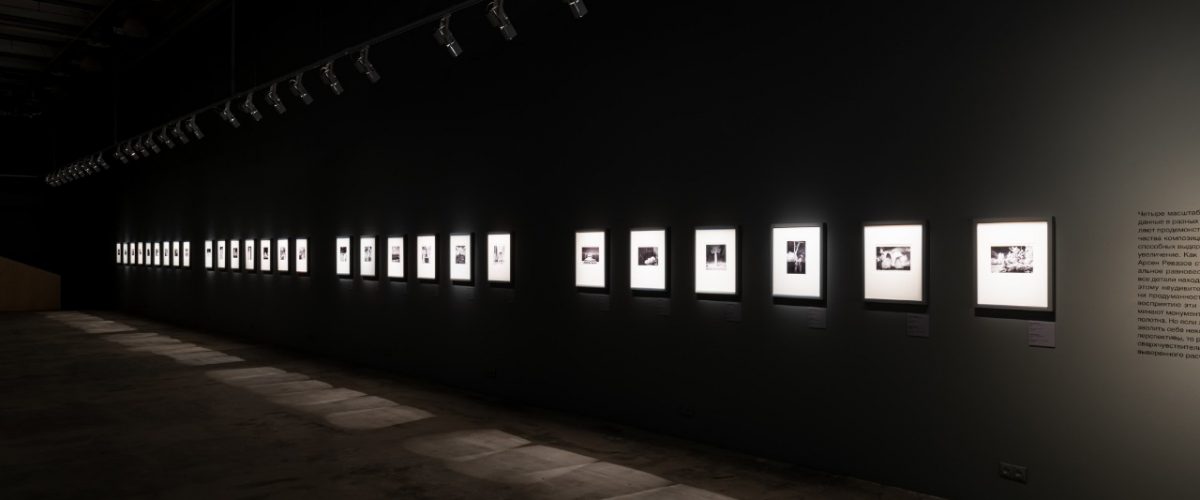
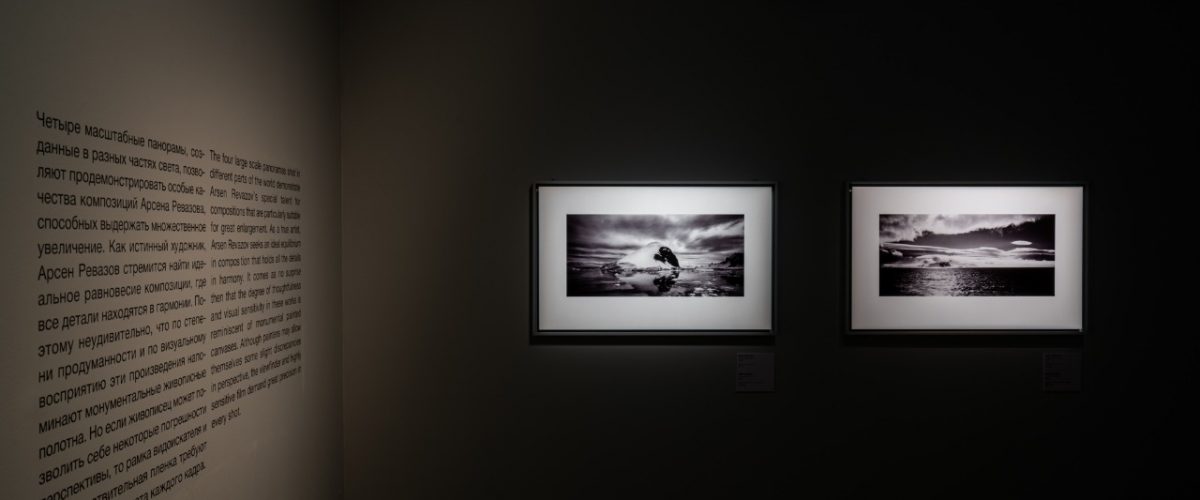
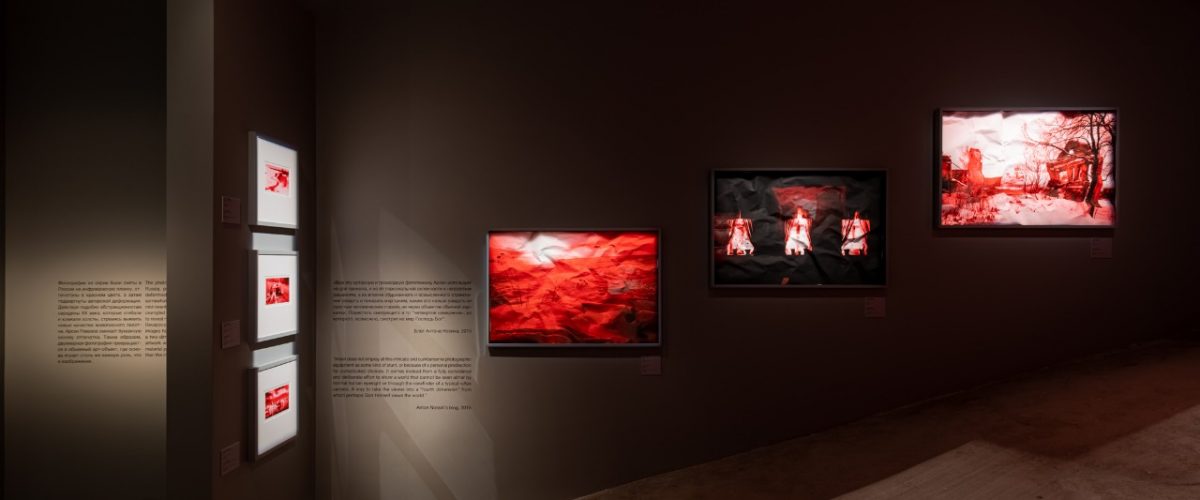
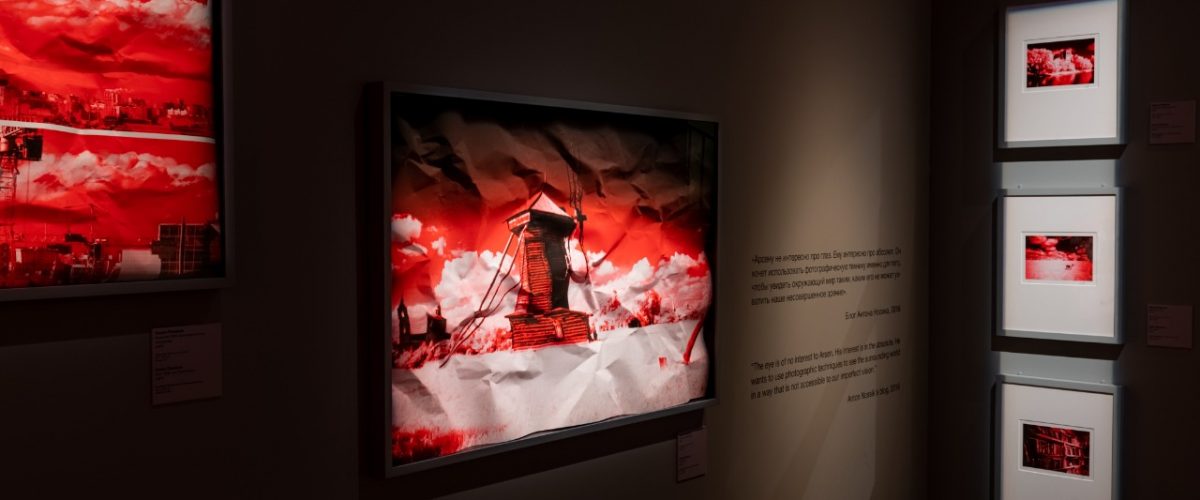
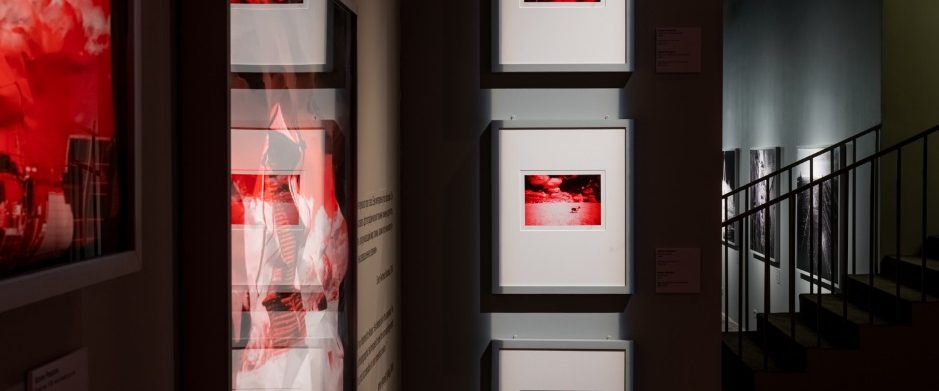
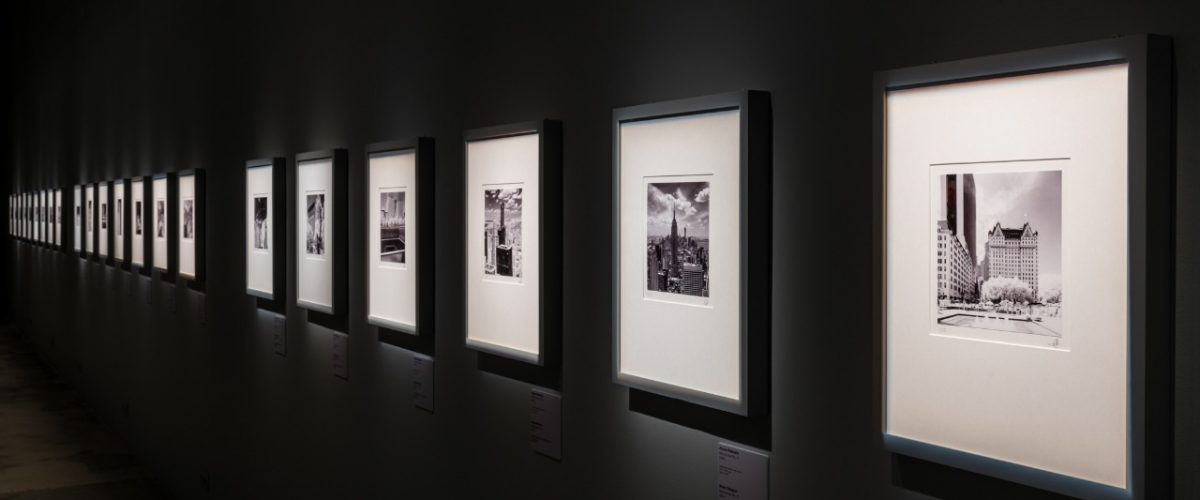
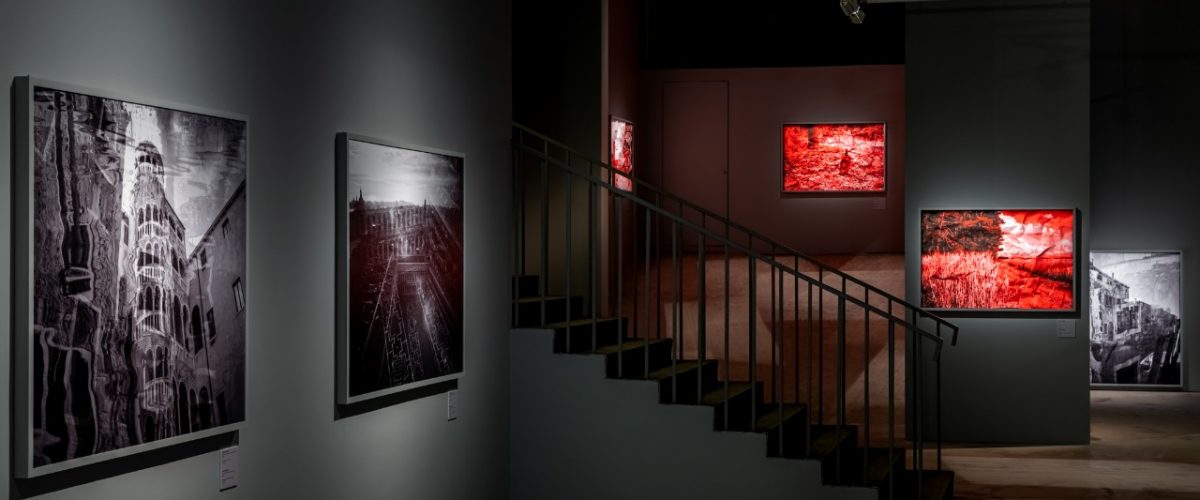
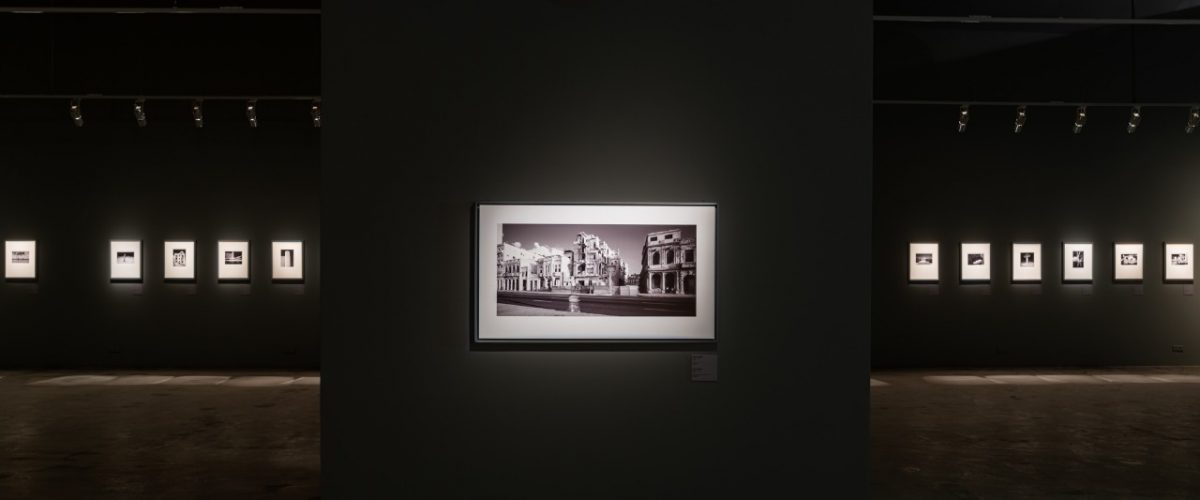
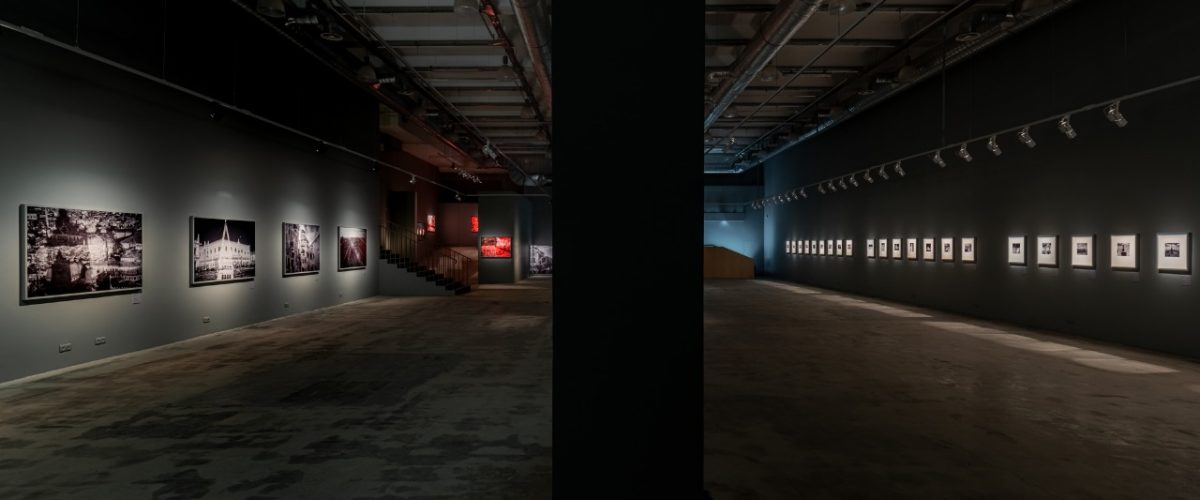
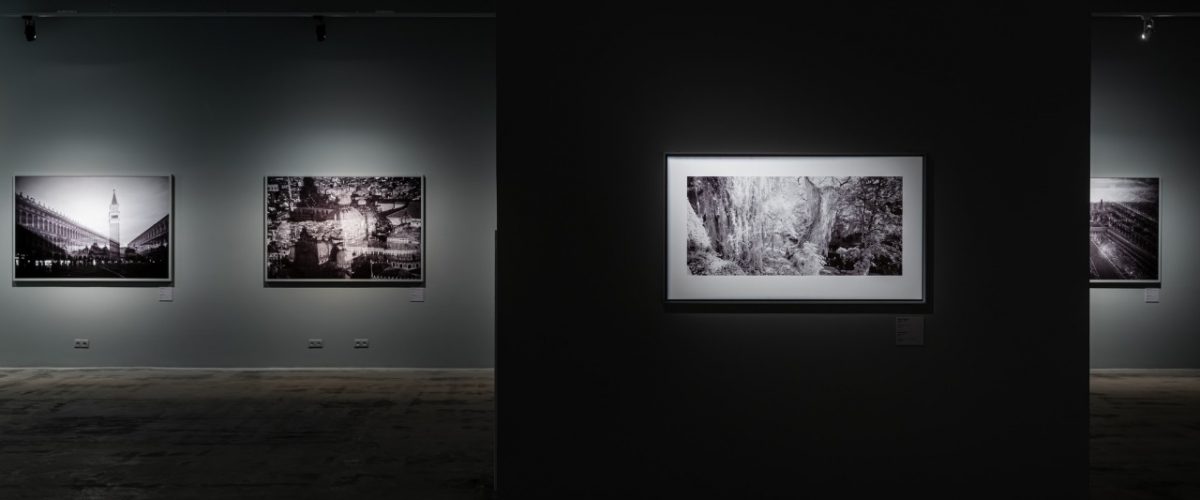
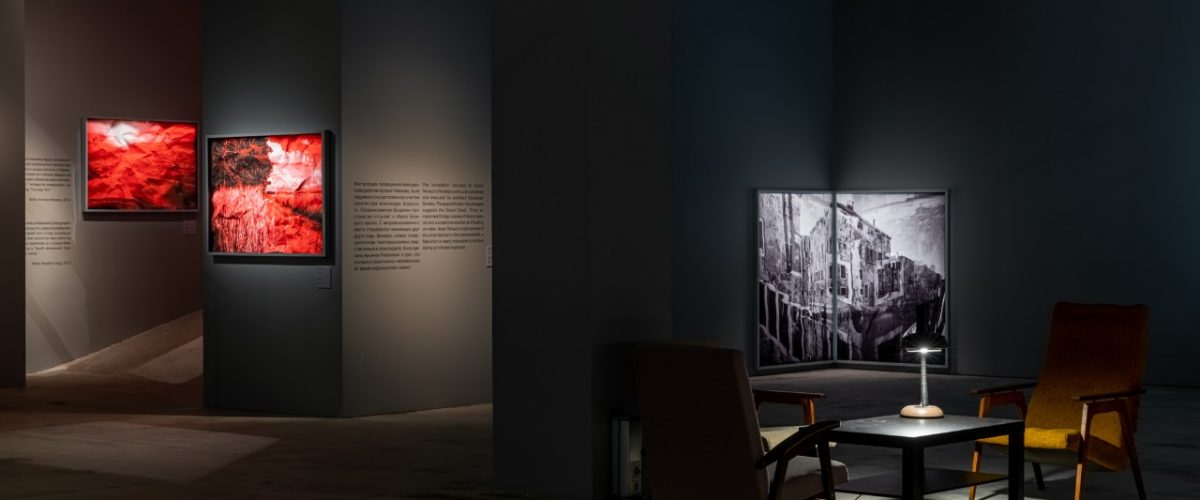

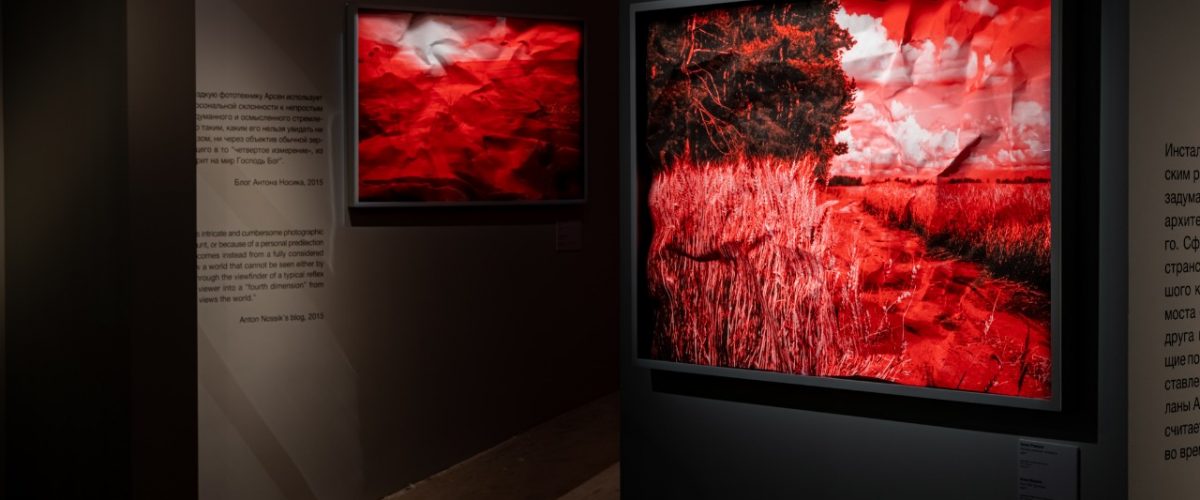
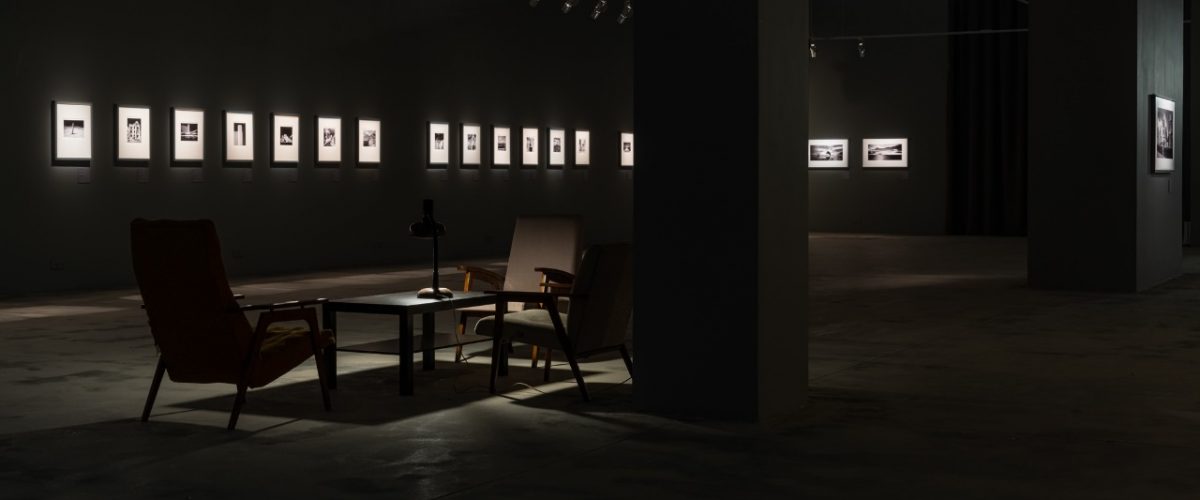

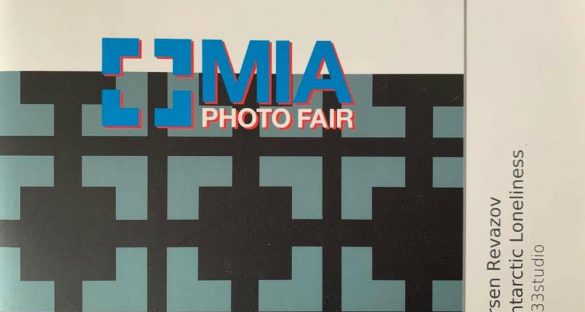
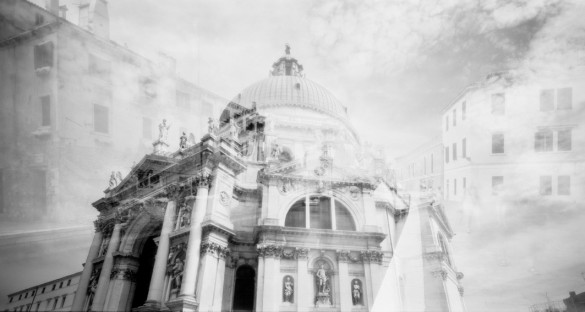
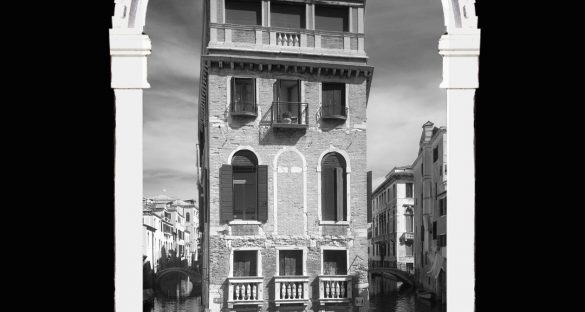
57 thoughts on “Unseen Light at Tretyakov Gallery”
Comments are closed.